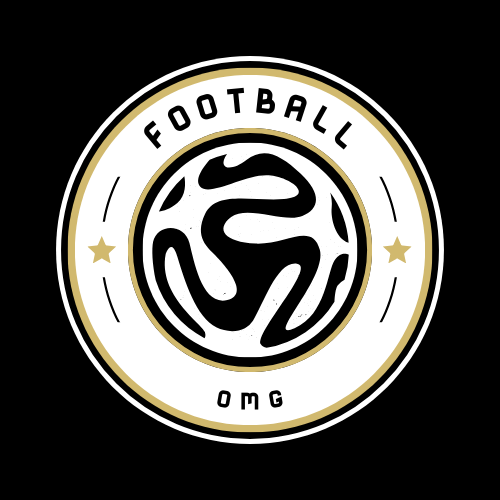As the Premier League season progresses, one constant source of debate has been the Video Assistant Referee (VAR) system. Each week brings new incidents that stir discussions among fans, players, and managers alike. Despite its intent to assist referees, VAR has faced criticism for its complexity and perceived inconsistencies. This article delves into the intricacies of VAR decisions, the responses they provoke, and their implications for the beautiful game.
The advent of VAR has transformed the landscape of football officiating. Its primary role is to ensure the accuracy of critical match incidents, typically concerning goals, penalties, red-card decisions, and mistaken identity in bookings. When a potentially controversial event occurs, VAR officials review video footage and communicate their analysis to the on-field referee, who retains the final decision-making authority.
On Tuesday, a notable instance at the Bournemouth versus Chelsea match spotlighted the use of VAR. Bournemouth midfielder David Brooks was assessed for a violent conduct offense after an off-the-ball incident with Chelsea’s Marc Cucurella. In this moment, VAR Graham Scott intervened, urging referee Rob Jones to consult the pitchside monitor, but ultimately a yellow card was issued rather than a red.
This specific incident marked a rare occasion in VAR’s history within the Premier League: it was the first instance this season where a red card review was overturned, resulting in a yellow card instead. The VAR cannot directly advise for a yellow card; it can only recommend further examination for potential red card offenses. Thus, when Jones opted not to elevate the incident to a red card, he was exercising his ultimate discretion.
Critically, the lack of definitive evidence against Brooks played a significant role in Jones’s decision. Without clear footage showing violent conduct—such as a definitive arm strike or a hair pull—Jones’s choice to issue a yellow was justified. This nuance raises the broader question of how often VAR rulings align—or clash—with the original referee’s on-field judgment.
Each contentious VAR decision invites scrutiny from both sides of any match. In the aftermath of the Bournemouth-Chelsea clash, Chelsea’s manager, Enzo Maresca, expressed frustration, suggesting that if an offense warranted a yellow card, it must also possess elements of danger suggesting a red card should have been issued. His claim highlights the challenge of interpretation within VAR protocols, particularly regarding the intent behind player actions.
Conversely, Bournemouth’s coach, Andoni Iraola, defended the yellow card as appropriate, dispelling notions of violent behavior and emphasizing the subjective nature of officiating decisions. This duality in managerial opinions exemplifies the inherent difficulties in voicing uniformity within footballing legislation while considering the unique perspectives that arise from each incident.
Despite the system’s intent to enhance the accuracy of decision-making, there are considerable challenges that emerge. The quality of video footage available for review can often impact the referee’s choices. During the Brooks-Cucurella incident, the available replays were criticized for their quality, as they lacked definitive angles that could conclusively indicate foul play.
This reality underscores a broader issue within the VAR system: the possibility that critical events may occur beyond the surveillant eye of the cameras. Incidents such as the tussle between Aston Villa’s Diego Carlos and Arsenal’s Eddie Nketiah experienced similar neglect due to inadequate footage, thereby limiting the VAR’s ability to provide accurate guidance.
The criticism directed at VAR often stems from its perceived ineffectiveness to rectify all issues. While the fact that only a handful of overturns have occurred in VAR’s five-and-a-half-year existence in the Premier League suggests some degree of success, it also points toward a systemic flaw whereby the technology isn’t fully utilized.
The VAR phenomenon continues to provoke discourse in the Premier League, illuminating the landscape of officiating as a complex interplay of technology, human judgment, and the subjective nature of interpretation. As football evolves, the hope will be for greater improvements in camera technology and video analysis to minimize controversy.
Moreover, educating managers, players, and fans about VAR’s functioning can lead to more productive dialogues surrounding its role within the game. While the path forward may still have bumps, fostering a culture of understanding can help ensure that VAR fulfills its potential to refine the integrity of football officiating while acknowledging the beautiful chaos that makes the sport so captivating.

